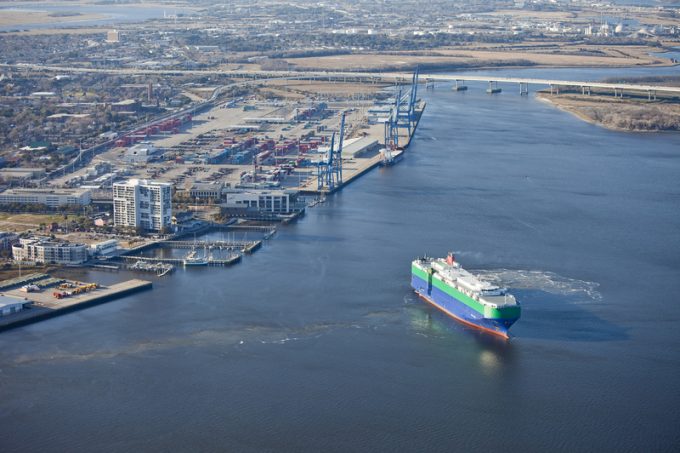East coast port talks resume, with automation and jobs still the sticking points
Negotiations between the International Longshoremen’s Association (ILA) and the United States Maritime Employers (USMX) will ...

Following yesterday’s news that negotiations between US west coast terminal operators and dockers had reached agreement on some issues, the International Longshoremen & Warehouse Union and the Pacific Maritime Association broke their silence to reassure industry stakeholders that talks were continuing.
They emphasised that the long process (negotiations to renew the labour contract began last May) had not disrupted port operations and expressed hope of “reaching a deal soon”.
However, stakeholders have shown impatience, warning it could result in permanent loss of cargo ...
Amazon pushes into LTL for small package fulfilment and UPS does a u-turn
New senior management for DSV as it readies for DB Schenker takeover
Volumes set to 'fall off a cliff' as US firms hit the brakes on sourcing and bookings
Asian exporters scramble for ships and boxes to beat 90-day tariff pause
Temporary tariff relief brings on early transpacific peak season
'Tariff madness' will prompt renegotiation of ocean shipping contracts
Forwarders 'allowing the fox into the chicken run' by supporting 'hungry' carriers
Response to tariffs by Chinese importers may see extra costs for US shippers

Comment on this article